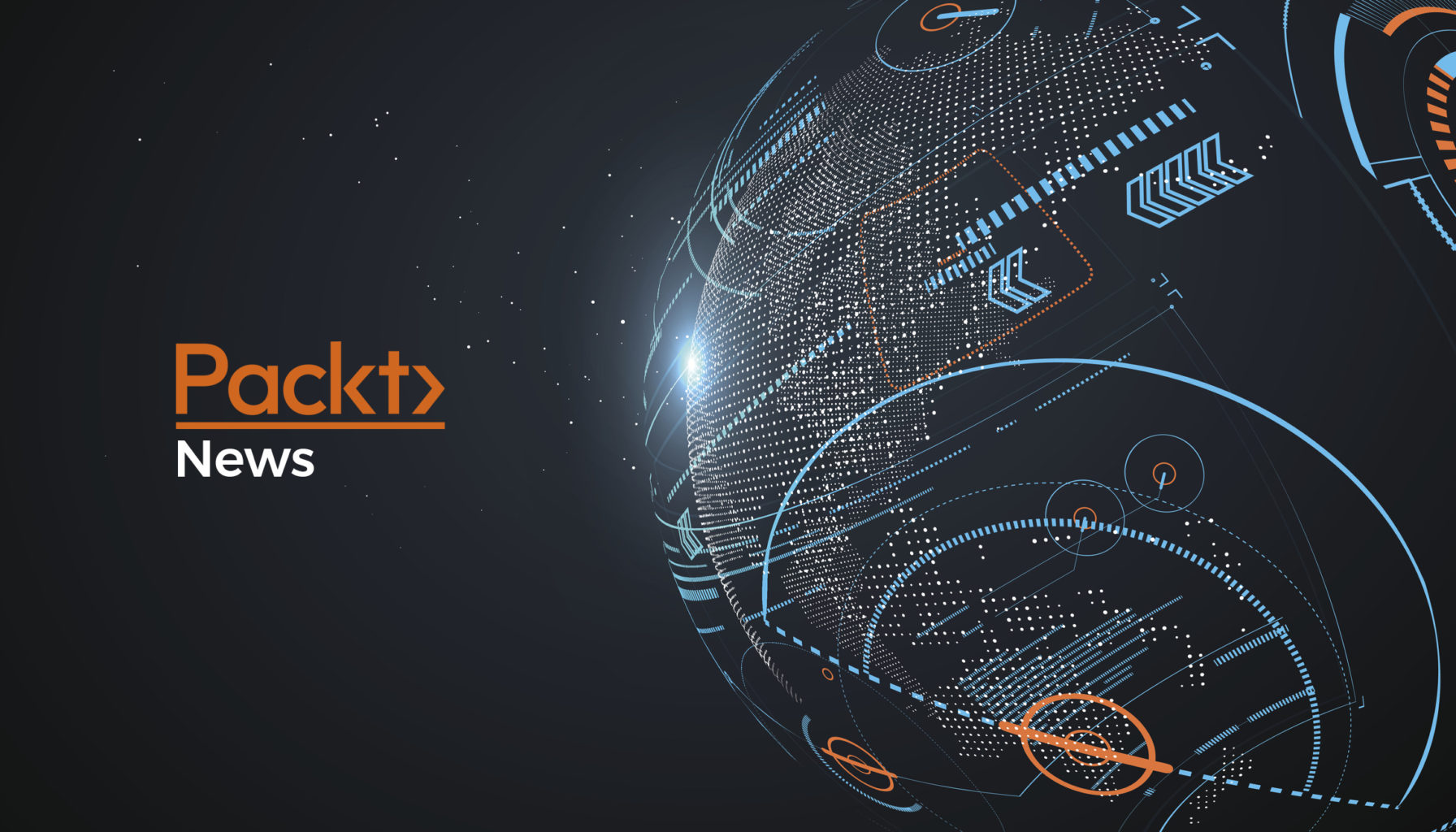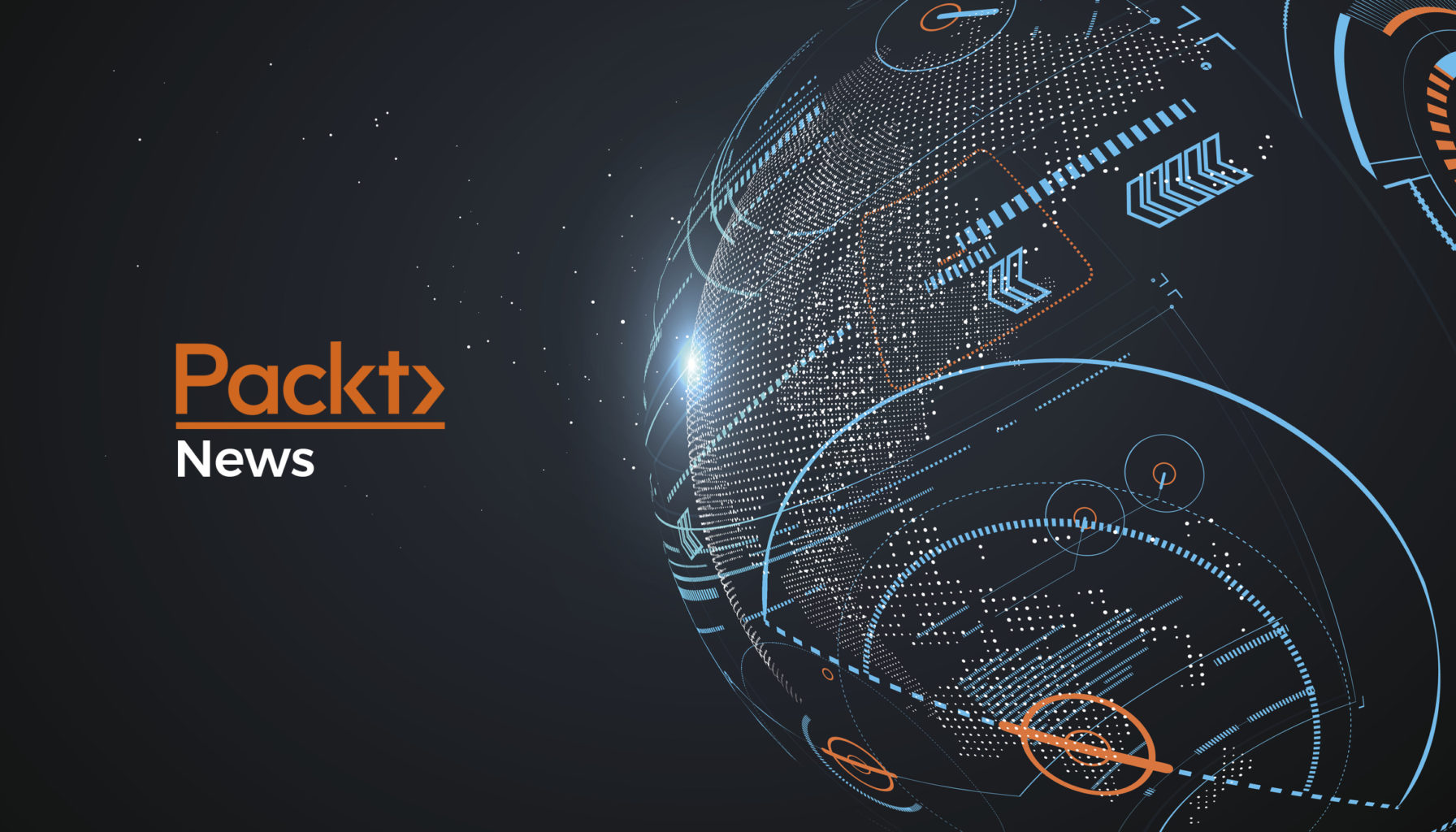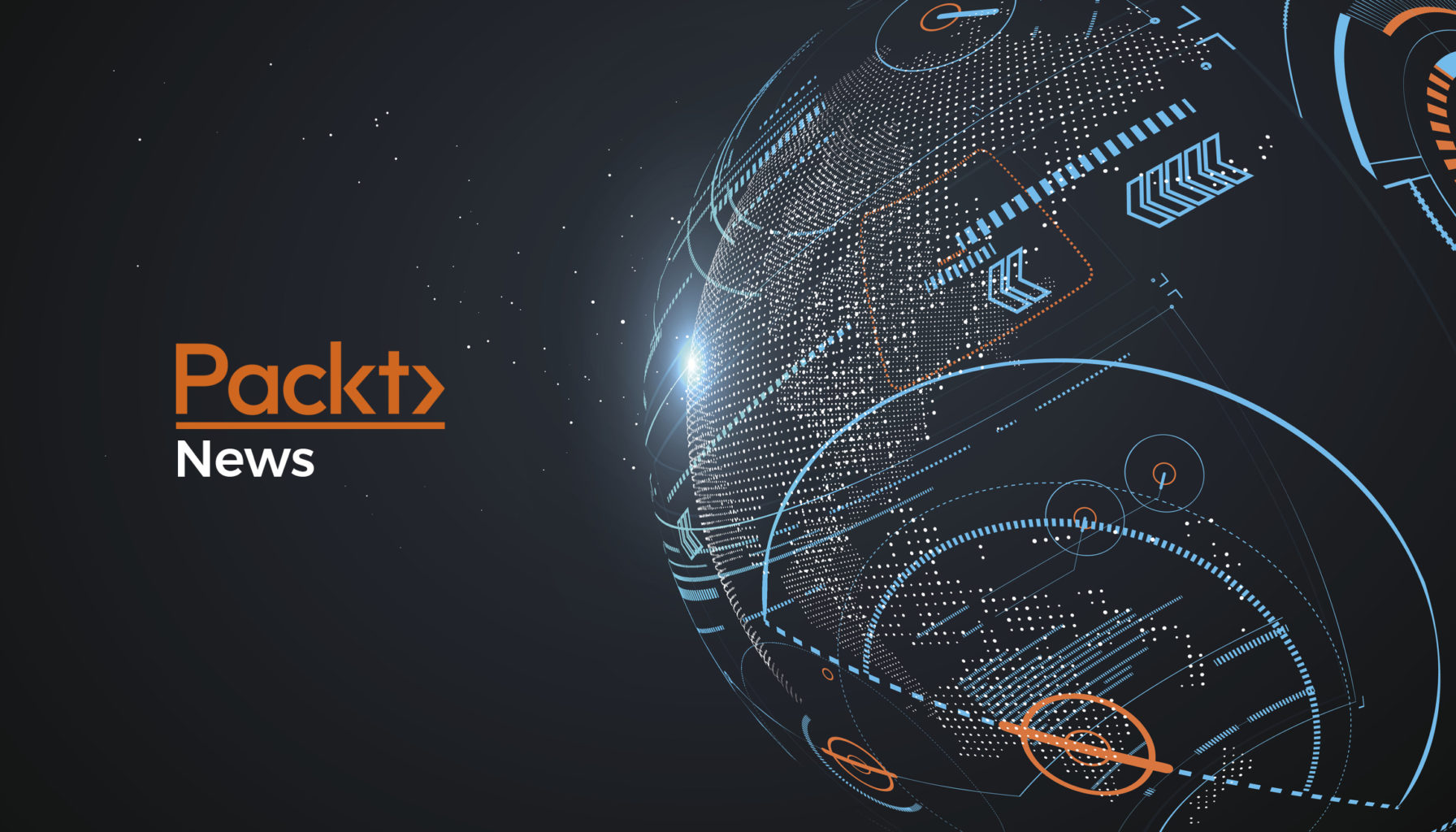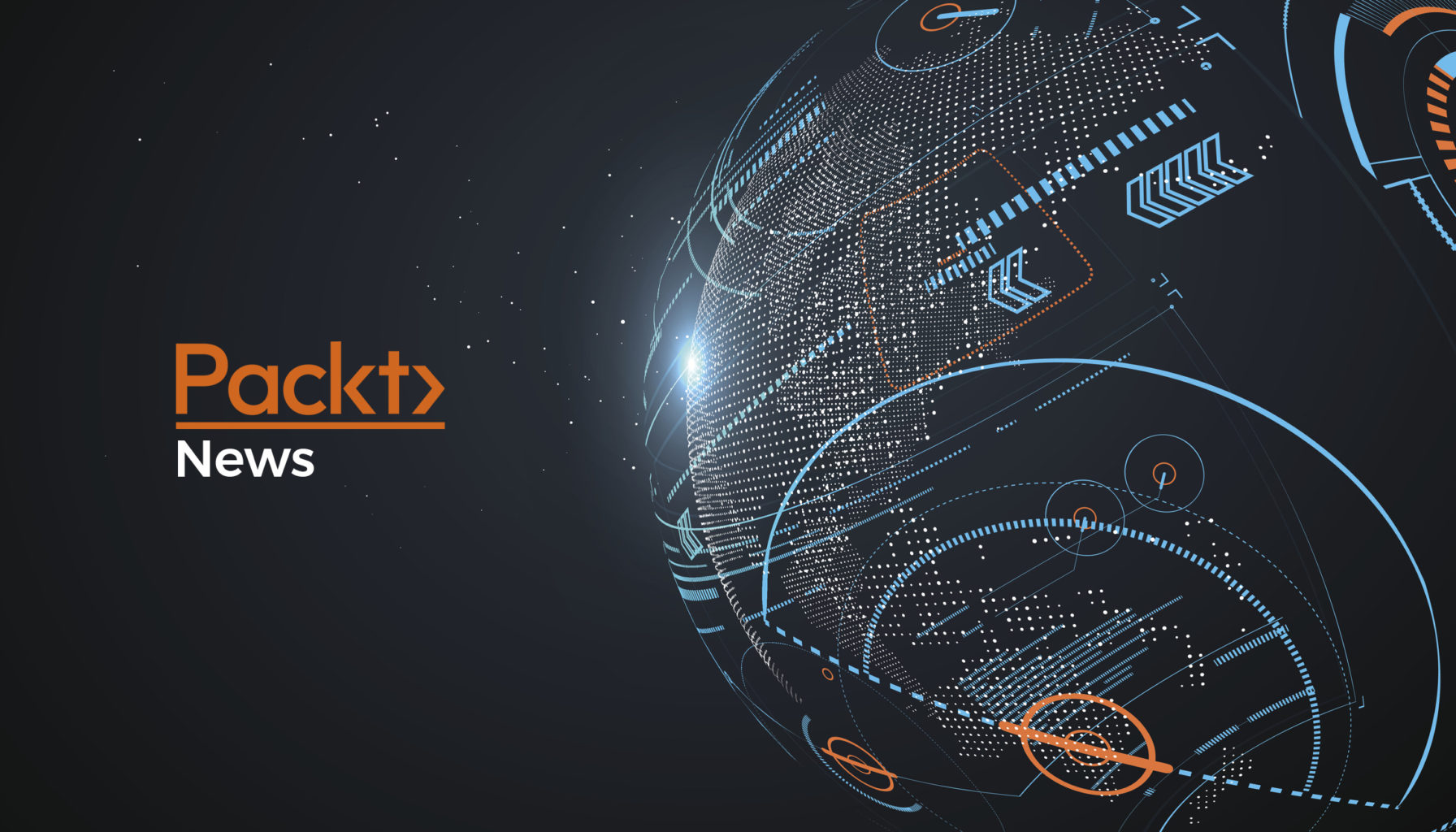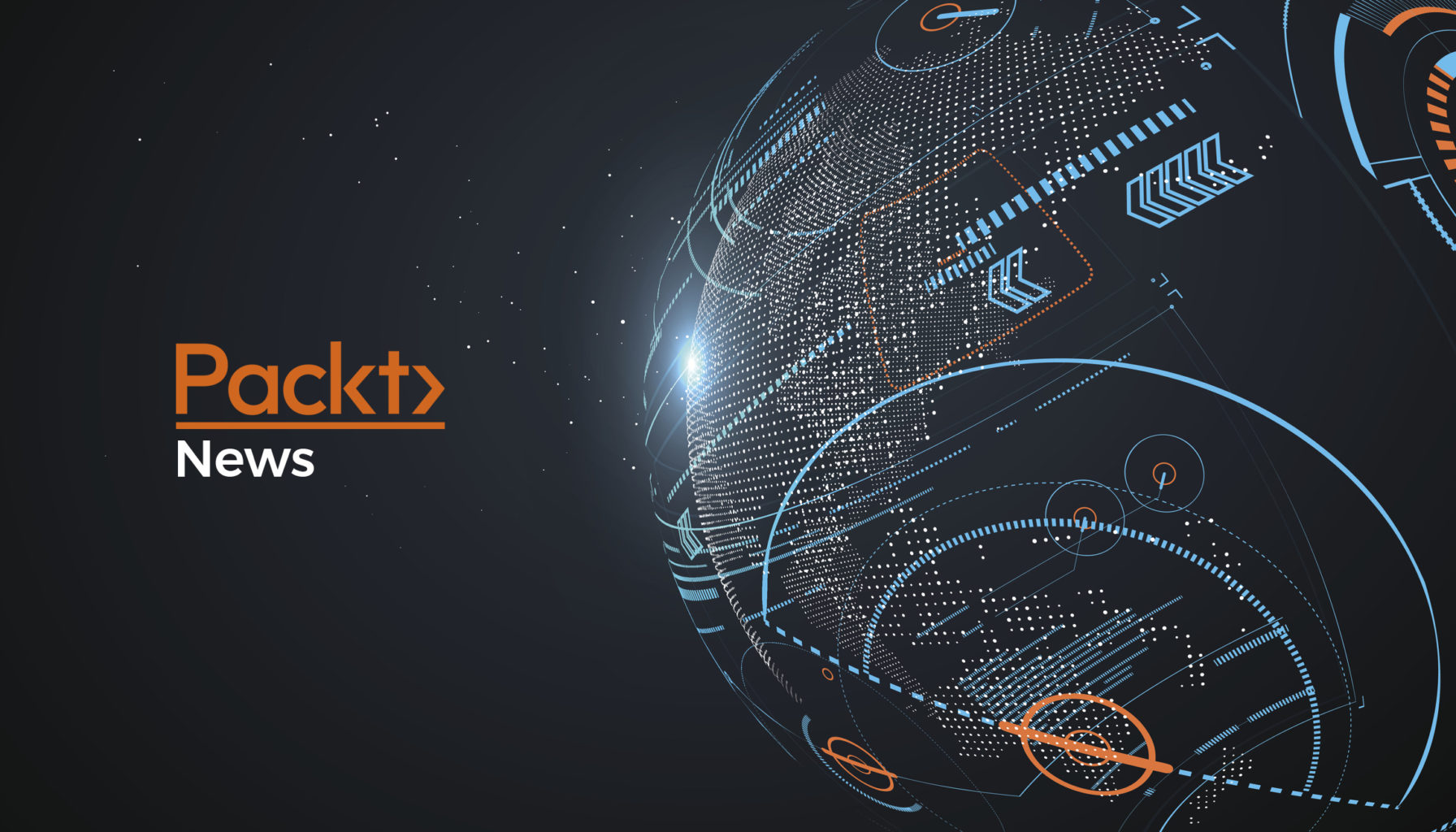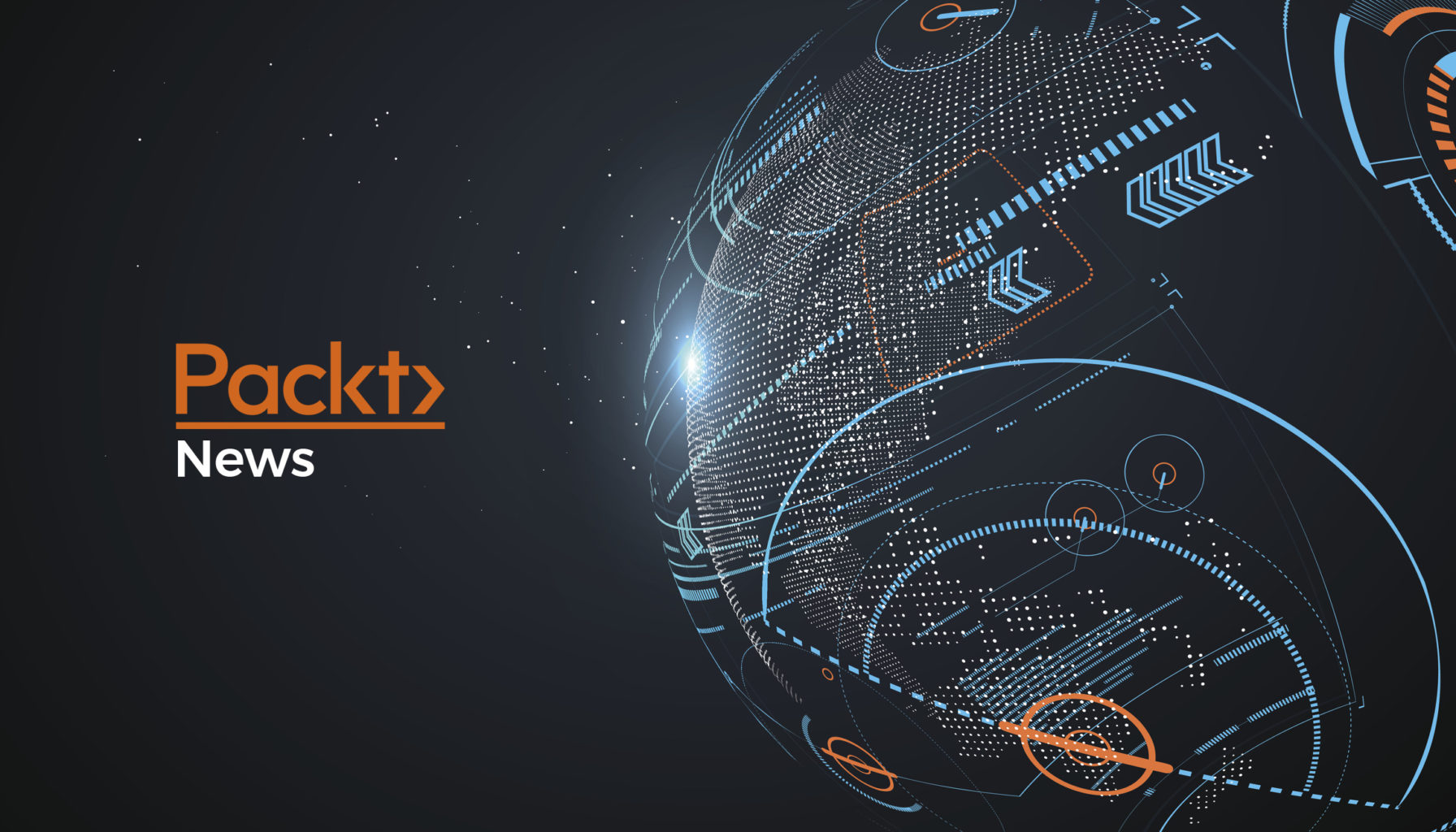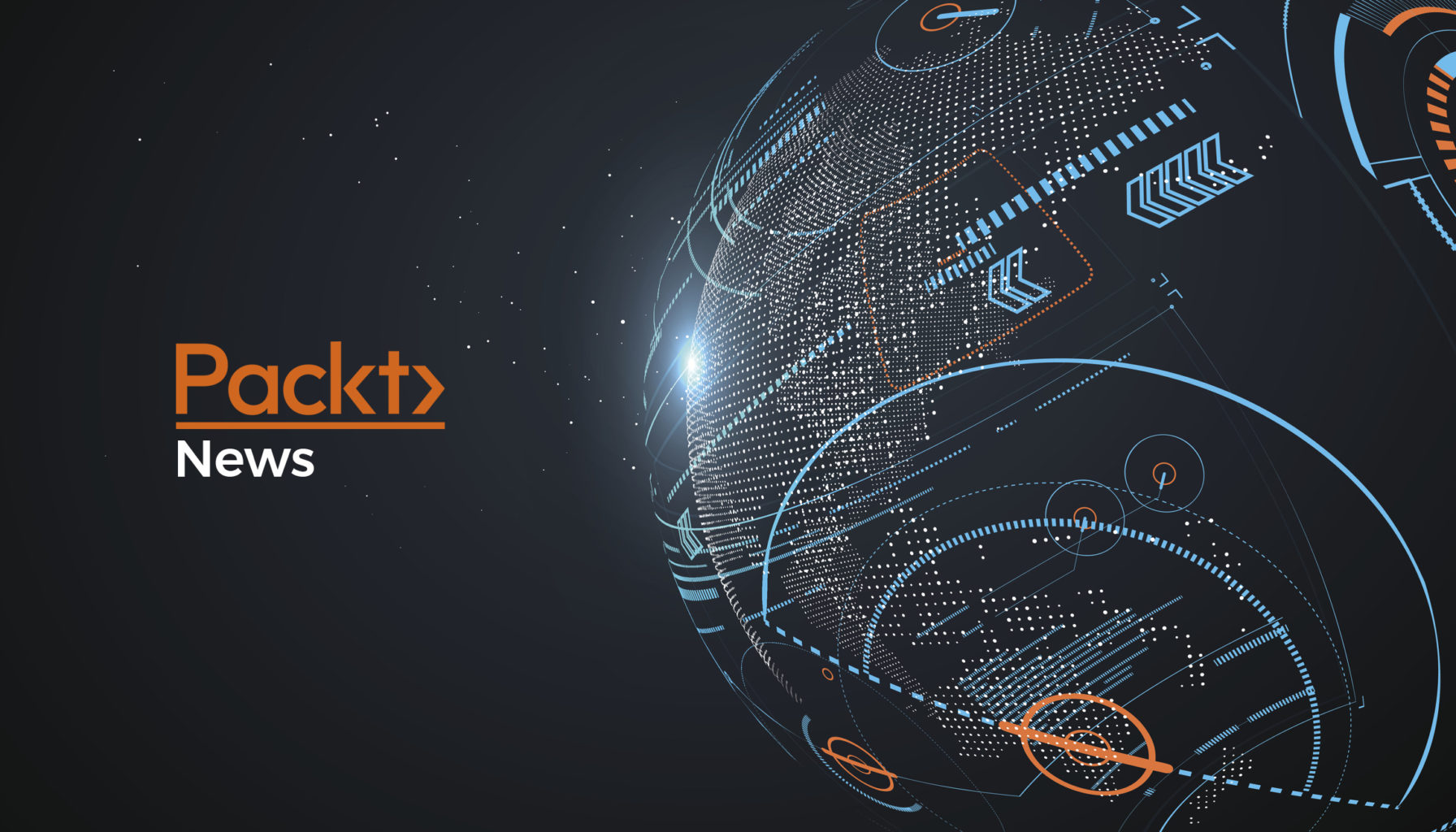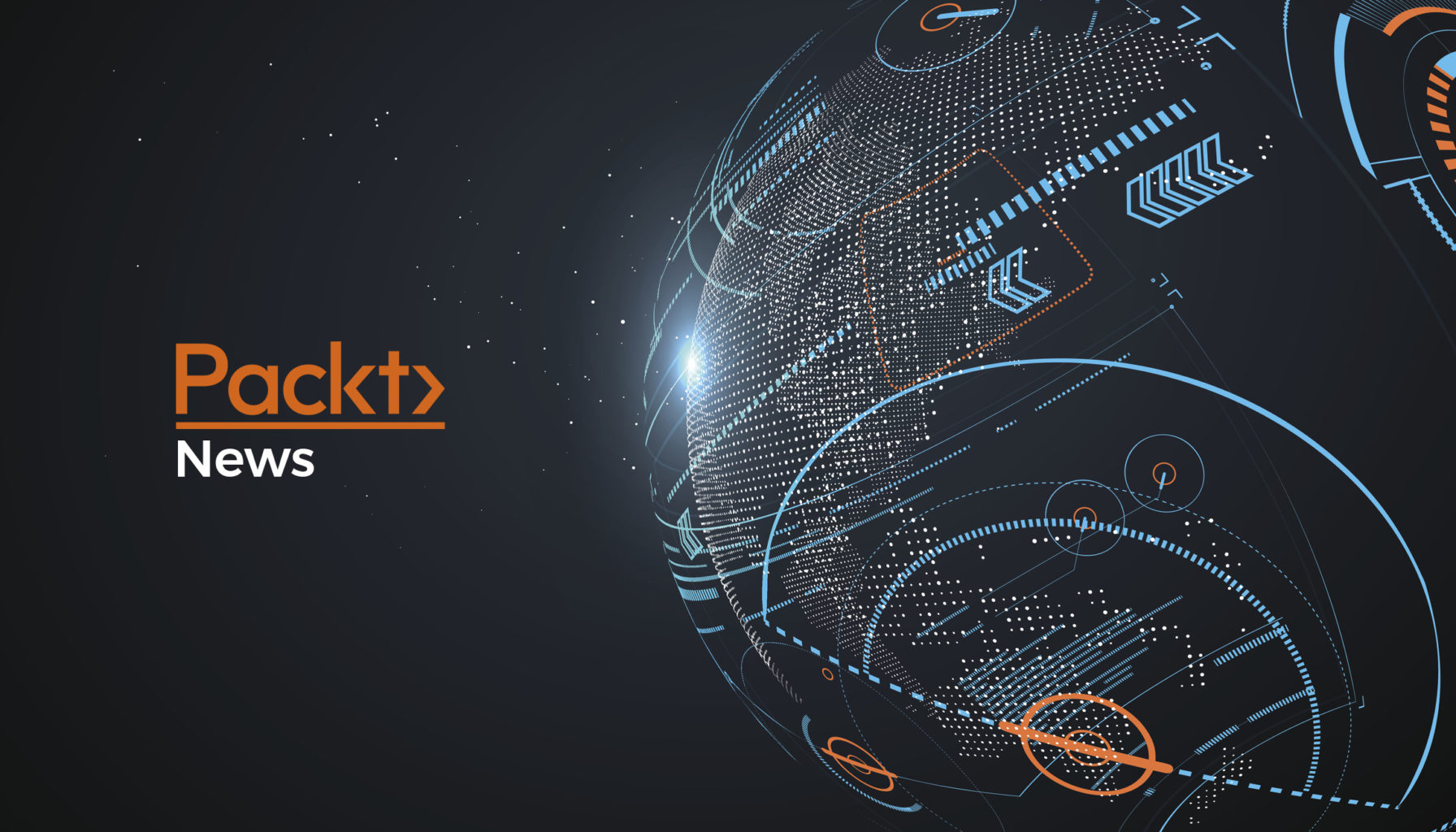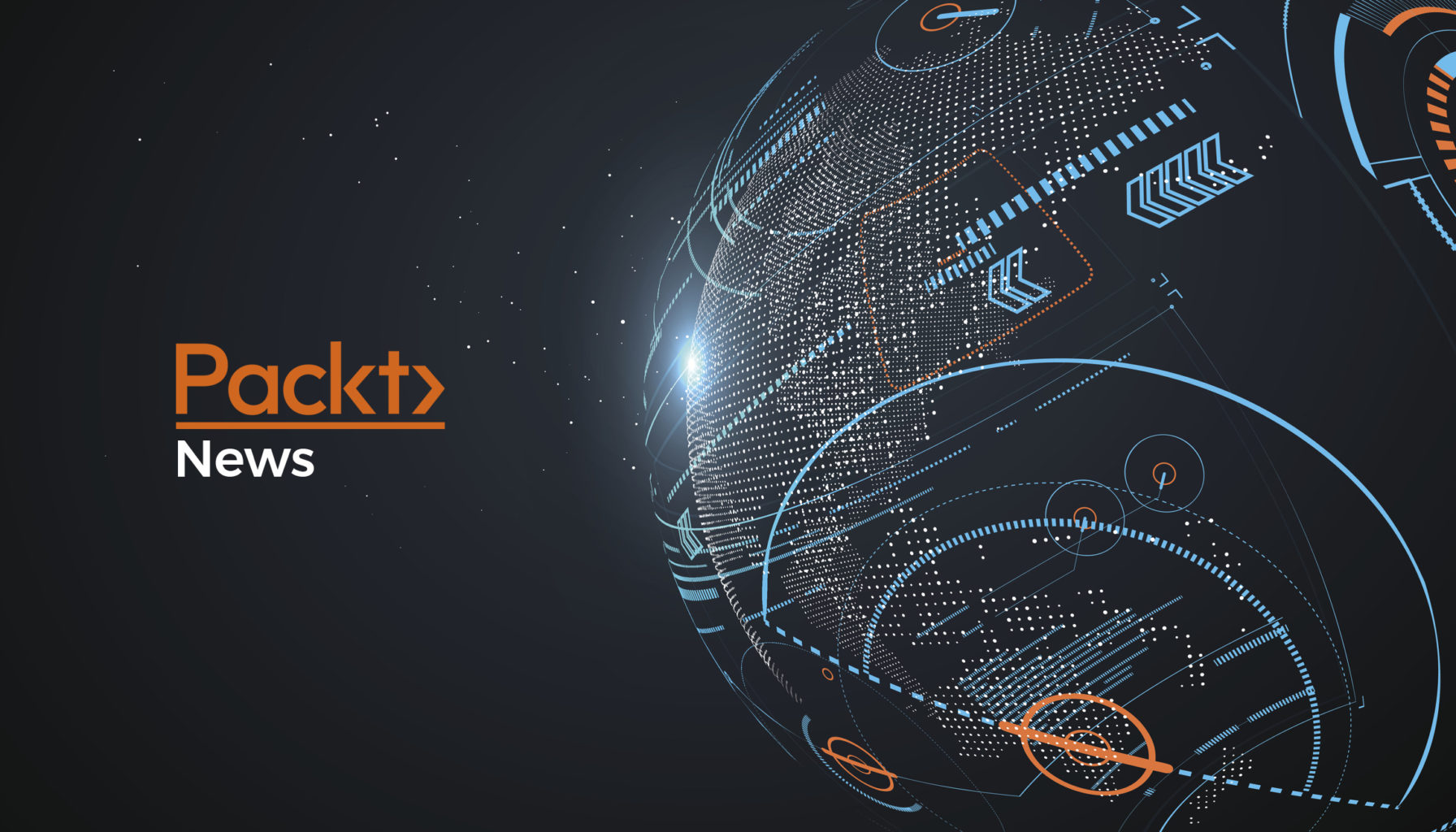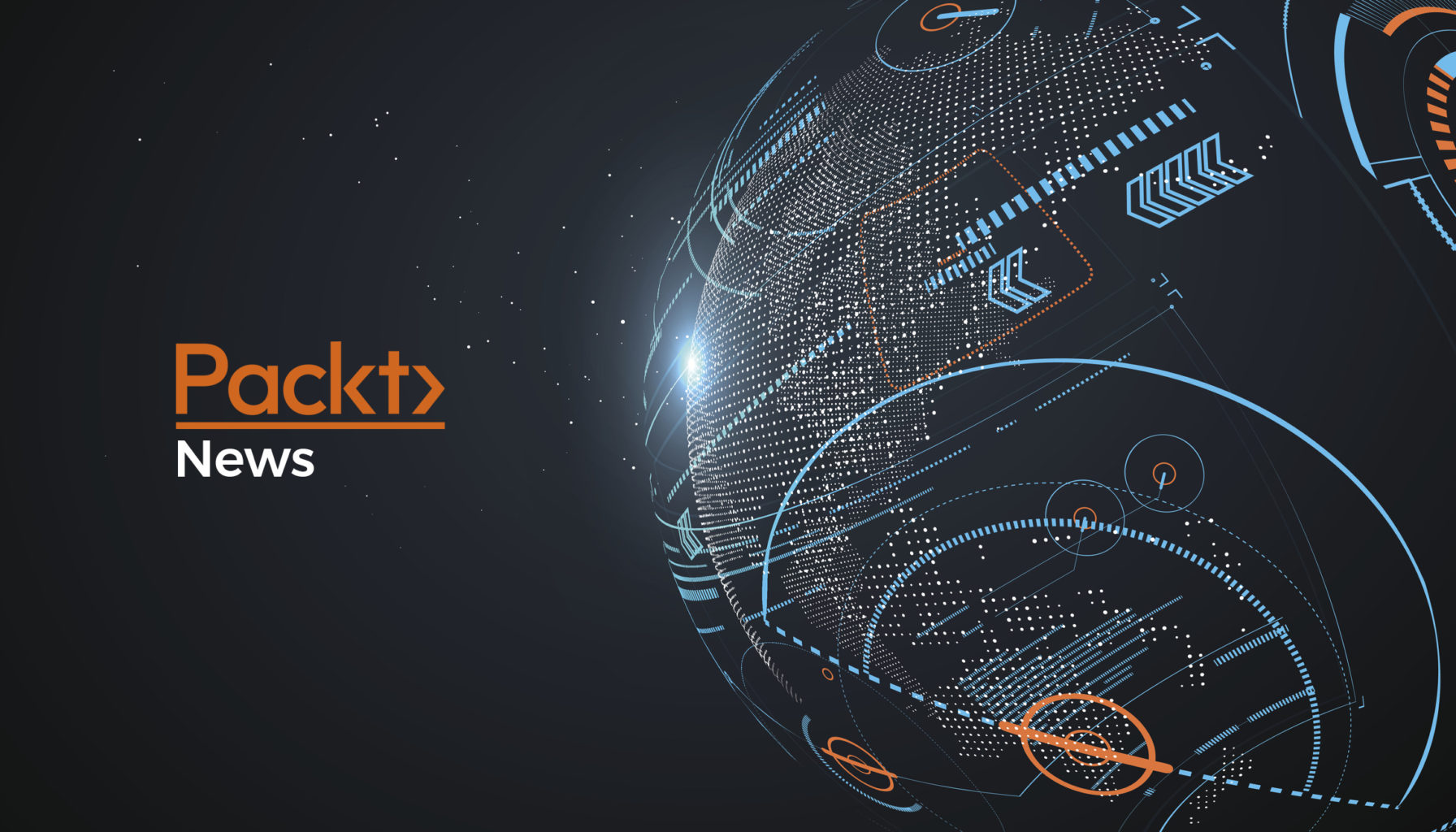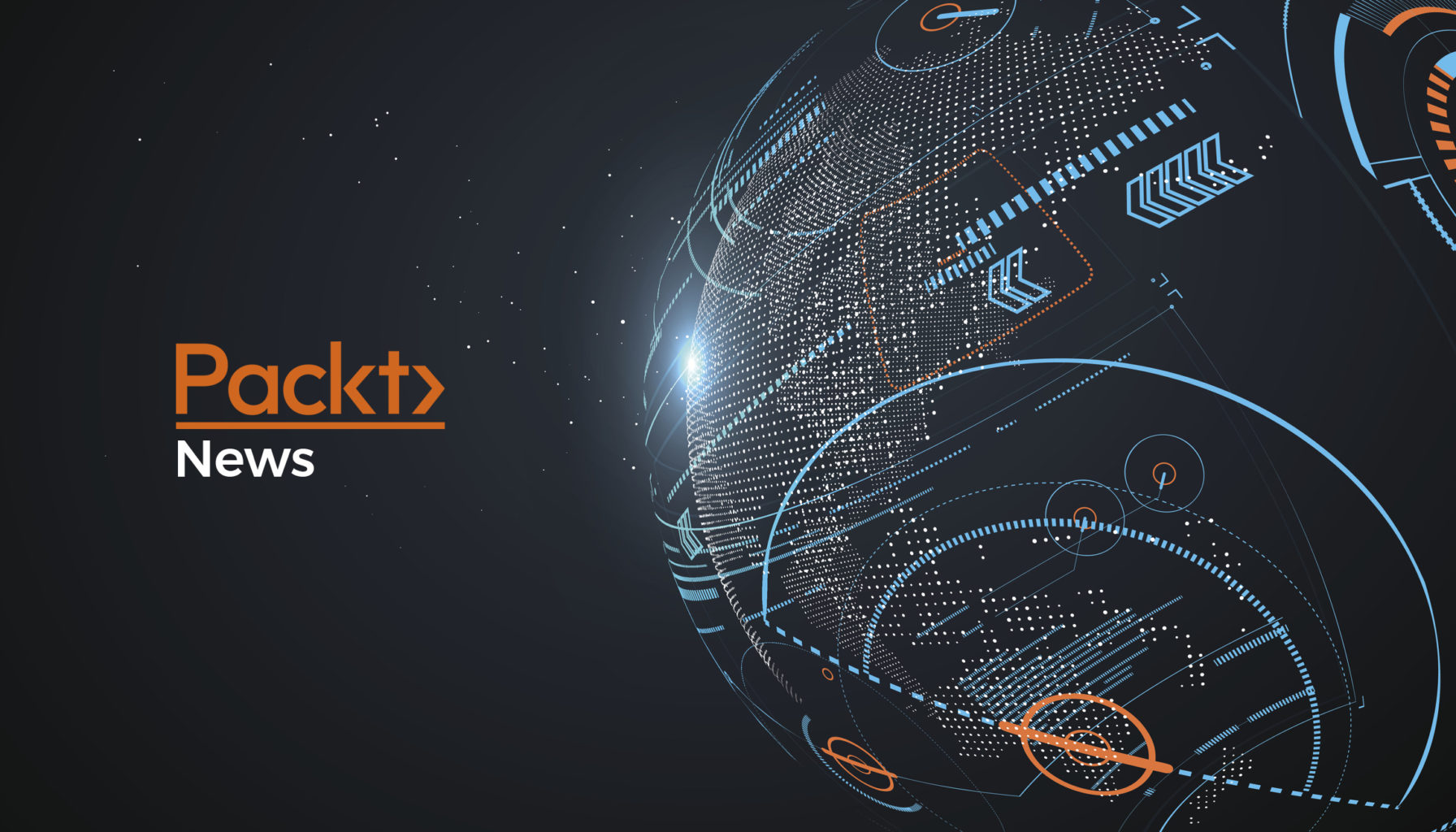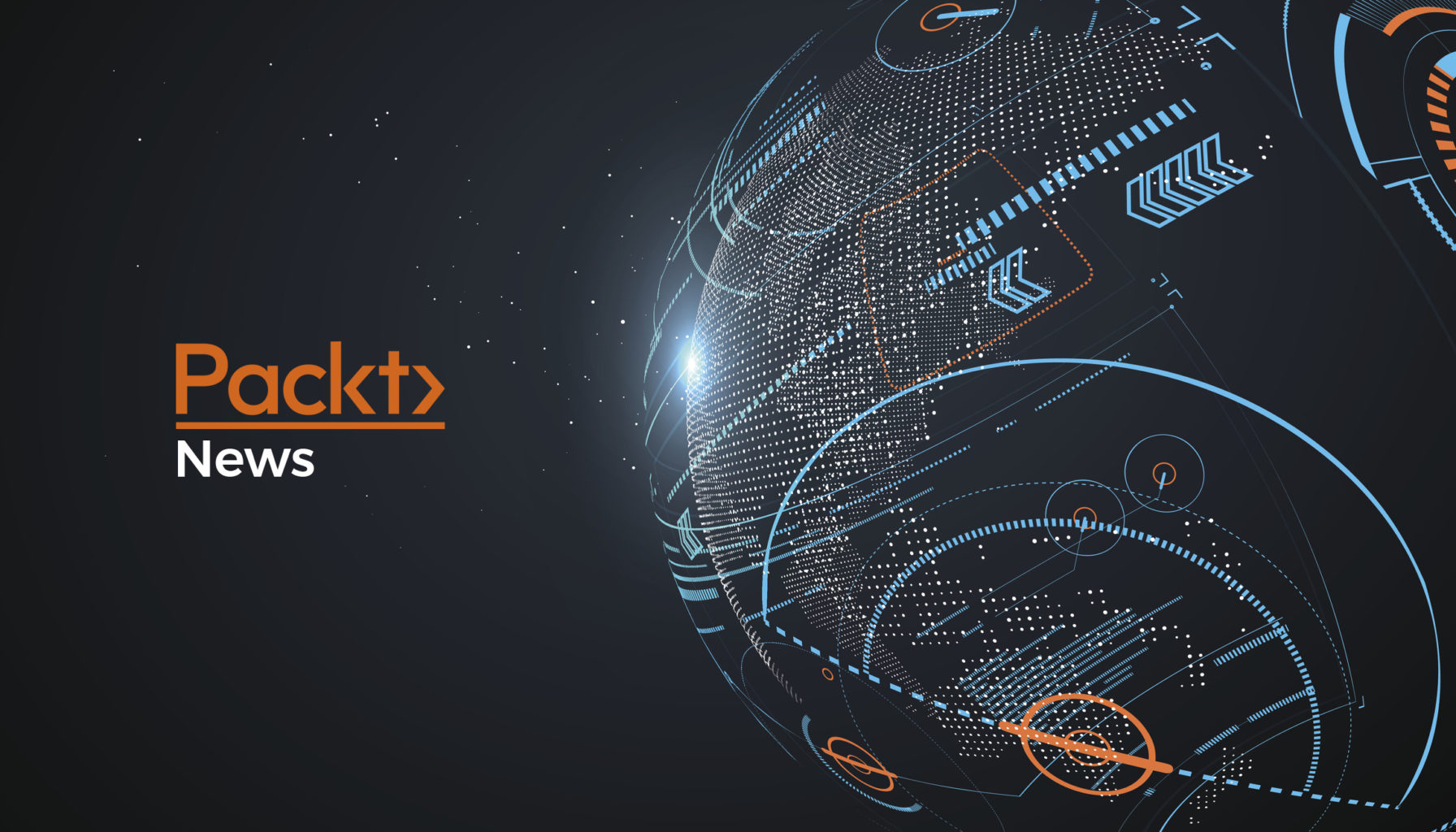TensorFlow 1.6.0-rc1, node-oracledb 2.1 on npm, eXist-db v4.0.0 released, and more in today’s top stories around machine learning, deep learning,and data science news.
1. TensorFlow 1.6.0-rc1 has been released
Tensorflow 1.6.0 release candidate 1 has been released with two breaking changes
Prebuilt binaries are now built against CUDA 9.0 and cuDNN 7.
Prebuilt binaries will use AVX instructions. This may break TensorFlow on older CPUs.
There are also some major features and improvements:
New Optimizer internal API for non-slot variables
tf.estimator.{FinalExporter,LatestExporter} now export stripped SavedModels, which improves forward compatibility of the SavedModel.
FFT support added to XLA CPU/GPU.
Android TF can now be built with CUDA acceleration on compatible Tegra devices
In addition to these, there are also some bug fixes and other changes such as updates in the documentation and the Google Cloud Storage(GCS) which you can read at the GitHub repo.
2. Oracle announces ‘Oracle Enterprise Data Management Cloud’
Oracle extends its Enterprise Performance Management (EPM) suite by announcing Oracle Enterprise Data Management Cloud at its Modern Finance Experience 2018, in New York.
Hari Sankar, Oracle’s group vice president, EPM product management, said, “ The new offering will help customers manage important metadata structures related to their financial applications to avoid misalignment and lack of consistency.”
Some benefits of the Oracle Enterprise Data Management Cloud include:
Faster cloud adoption, which allows migration and mapping of enterprise data elements and on-going changes across public, private and hybrid cloud environments from Oracle or third parties.
Improvised business agility allows faster business transformation through modeling M&A scenarios, reorganizations and restructuring, chart of accounts standardization and redesign.
Better alignment of enterprise applications, which can manage on-going changes across front-office, back-office and performance management applications through self-service enterprise data maintenance, sharing and rationalization.
System of reference for all your enterprise data provides a support enterprise data across business domains including: master data, reference data, dimensions, hierarchies, business taxonomies, associated relationships, mappings and attributes across diverse business contexts.
3. Oracle’s node-oracledb 2.1 is now available from npm
Oracle announced that its Node-oracledb 2.1.0, the Node.js module for accessing Oracle Database, is now available on npm.
The top features of this release include:
Support for SYSDBA, SYSOPER, SYSASM, SYSBACKUP, SYSDG, SYSKM, and SYSRAC privileges in standalone connections.
A new 'queryStream()' Stream 'destroy()' method
Improvement in the Error object with new 'errorNum' and 'offset' properties
Addition of new 'versionSuffix' and 'versionString' properties to the oracledb object to aid showing the release status and version.
Node-oracledb 2.1 no longer compiles with the long-obsolete Node 0.10 or 0.12 versions.
See the Change Log for complete changes in the node-oracledb 2.1
4. Oracle brings industry 4.0 capabilities to its IoT Cloud
Oracle announced addition of new capabilities for its Oracle IoT Cloud applications. Oracle would be adding them to applications including Asset Monitoring, Production Monitoring, Fleet Monitoring, Connected Worker, and Service Monitoring for Connected Assets.
The Industry 4.0 capabilities include:
Digital Twin
Augmented Reality
Machine Vision
Auto Data Science
The advanced monitoring and analytics capabilities of these new offering allows organizations to improve efficiency, reduce costs, and identify new sources of revenue through advanced tracking of assets, workers, and vehicles, real-time issue detection, and predictive analytics.
To read about these new offerings in detail, visit Oracle’s official press release.
5. eXist-db v4.0.0 released
This is a major release of the eXist-db v4.0.0. The release contains API changes, several new features and bug fixes.
New added features include:
Addition of fn:unparsed-text, fn:unparsed-text-lines and fn:unparsed-text-available functions.
Implementation of the HTML ASCII Case Insensitive Collation for XPath 3.1.
Replacement of ASCIIFoldingFilter with ICUFoldingFilter in NoDiacriticsAnalyzer for better language search support.
New User Manager application shipped for the Dashboard.
Updated Cache Extension Module,:
Implements an LRU policy with both TTL and size options.
Includes new functions: cache:names(), cache:keys($name), and cache:destroy($name).
Scheduled task option unschedule-on-exception is now exposed in conf.xml.
Each thread that eXist creates is now explicitly named for easier identification.
Bash Scripts now use /bin/env to locate bash.
Updated third-party dependencies
See Release notes for API changes, bug fixes, and other performance improvements.
Read more
 United States
United States
 Great Britain
Great Britain
 India
India
 Germany
Germany
 France
France
 Canada
Canada
 Russia
Russia
 Spain
Spain
 Brazil
Brazil
 Australia
Australia
 South Africa
South Africa
 Thailand
Thailand
 Ukraine
Ukraine
 Switzerland
Switzerland
 Slovakia
Slovakia
 Luxembourg
Luxembourg
 Hungary
Hungary
 Romania
Romania
 Denmark
Denmark
 Ireland
Ireland
 Estonia
Estonia
 Belgium
Belgium
 Italy
Italy
 Finland
Finland
 Cyprus
Cyprus
 Lithuania
Lithuania
 Latvia
Latvia
 Malta
Malta
 Netherlands
Netherlands
 Portugal
Portugal
 Slovenia
Slovenia
 Sweden
Sweden
 Argentina
Argentina
 Colombia
Colombia
 Ecuador
Ecuador
 Indonesia
Indonesia
 Mexico
Mexico
 New Zealand
New Zealand
 Norway
Norway
 South Korea
South Korea
 Taiwan
Taiwan
 Turkey
Turkey
 Czechia
Czechia
 Austria
Austria
 Greece
Greece
 Isle of Man
Isle of Man
 Bulgaria
Bulgaria
 Japan
Japan
 Philippines
Philippines
 Poland
Poland
 Singapore
Singapore
 Egypt
Egypt
 Chile
Chile
 Malaysia
Malaysia
